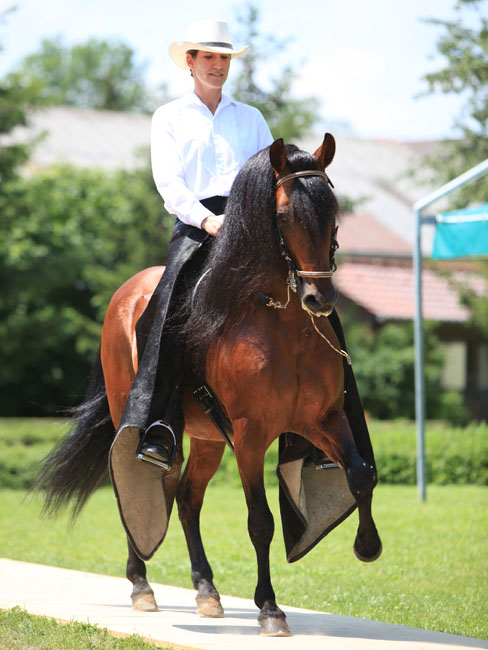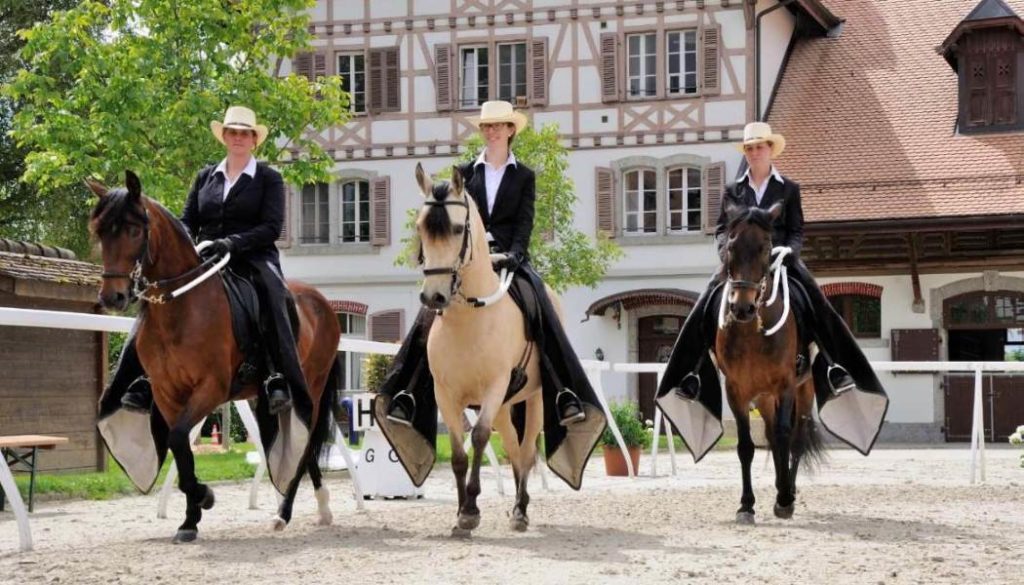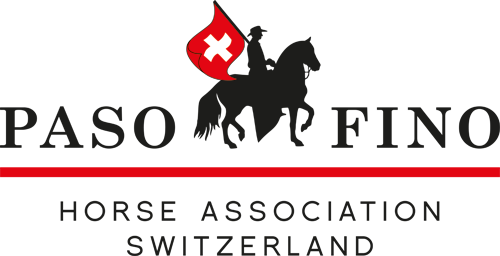History/ Origin
In the year 1493 when Christoph Columbus traveled to the New World for the second time he brought with him breeding stock of the Barb and Andalusian horses as well as the Spanish Genet (extinct). These horses along with many more that were brought over later formed the genetic foundation and helped develop the Paso Fino horse as we know it today.
The topography of the south american continent, the climate and surrounding helped developing the laterally gaited hispano american horse. Rides lasting for days through the rough and uneven countryside, along narrow rocky pathways developed and refined the rhythm of the gait. Over 400 years of development time (1500 until 1900) and a high quality breeding program with sturdy, willing and well gaited animals shaped the surefooted, balanced and extremely talented Paso Fino horse of today.
At first mostly used for traveling and as pack animals, these comfortable and untiring horses soon turned into indispensable mounts of the farm owners for overseeing the land and to help with the cattle. They were very proud of their beautiful horses which they also liked to show and display.
Only starting in the 19th century the horses were presented at national shows and events and later competed against each other in regards of beauty, speed and stamina.


